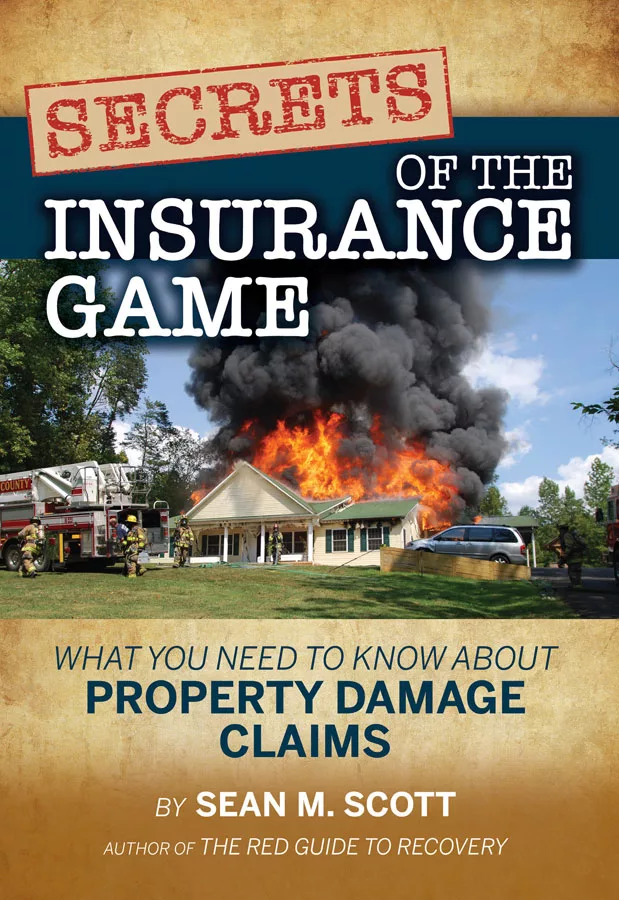Redefining the Contractor-Insurer Relationship for Sustainable Success

Credit: tomazl / E+ via Getty Images
In the past several years, the pressure and over-reach by carriers and their TPAs have reached a very adversarial point, causing a distracted business owner, heightened emotional position and relentless defensive posture. My goal in all our consulting work is identifying what is true and what is not, take action on these truths and move forward with your own goals and mission.
I see countless peers, associates and clients tangled in this contractor fight.
While we all want our customers to not be taken advantage of, we are putting our company and employees in jeopardy from lack of growth and professional reputation. It is time we band together and agree that the game we are playing does not have to be our game at all.
This synopsis was written in a factual and professional fashion to emphasize the need to shift our energy and skills to the areas that make the biggest difference.
Core Argument
Just as insurance adjusters lack the specific training, expertise and responsibility to accurately determine the costs and scope of specialized property restoration, restoration contractors similarly do not—and should not—attempt to fulfill the professional duties of an insurance adjuster. These roles are fundamentally distinct, requiring entirely different skill sets, knowledge, motivations and ethical obligations.
Comparisons to Relate to
-
Distinct Roles and Training
- Insurance Adjusters: Trained extensively in policy interpretation, coverage analysis, liability assessments and claims management. Their role is explicitly administrative and financial—evaluating insurance contracts, interpreting policy language, determining covered losses and issuing payments aligned with policy provisions.
- Restoration Contractors: Trained and certified specifically in structural restoration, drying procedures, mold remediation, fire damage cleanup and environmental safety. Their expertise is technical, field-based and practical, focused entirely on returning damaged properties to safe, livable conditions according to industry standards and regulations.
- Inherent Conflicts of Interest
- Insurance Adjusters: Their fiduciary responsibility is to their employer—the insurance carrier. Adjusters are accountable primarily for controlling financial exposure and payout accuracy per policy terms. They must carefully balance protecting their company’s profitability and complying with contractual obligations to policyholders.
- Restoration Contractors: Their accountability is strictly toward ensuring the physical restoration is done safely, thoroughly and professionally, in compliance with industry standards, health codes and consumer protection regulations. Their responsibility is toward physical and structural integrity—not interpreting insurance policy coverage.
- Liability and Ethical Responsibility
- Insurance Adjusters: Have a clearly defined professional and legal responsibility for policy interpretation accuracy, proper claim handling and adherence to regulations governing insurance practices. They are not trained nor held liable for the quality or completeness of restoration work.
- Restoration Contractors: Bear direct liability for property condition, environmental safety, structural integrity and work quality. They have neither the training nor the license to legally interpret insurance coverage or handle claims management, thus should avoid representing themselves as competent in policy or coverage determination.
-
Distinct Knowledge Domains
- Insurance Adjusters: Specialize in risk assessment, underwriting guidelines, policy terms, legal coverage interpretation and claims adjudication. They must follow strictly defined rules regarding coverage limits, deductibles and exclusions.
- Restoration Contractors: They specialize in the technical execution of mitigation and reconstruction. Their knowledge is built upon practical, real-world factors, such as equipment costs, labor, materials, methods, health codes and safety procedures.
-
Professional Boundaries and Regulatory Compliance
- Insurance Adjusters: Adjusters are regulated and licensed specifically for policy-related roles. Contractors performing these tasks without proper licensing risk ethical and legal violations, potentially harming policyholders through incorrect coverage information.
- Restoration Contractors: Similarly, contractors are regulated by building codes, OSHA, EPA and industry certification bodies. Adjusters attempting to dictate detailed technical procedures without proper qualifications jeopardize the integrity, safety and regulatory compliance of the restoration project.
Conclusion
Clearly defining and respecting these professional boundaries is essential. Insurance adjusters must refrain from assuming the specialized technical expertise and authority of restoration contractors and contractors should similarly abstain from performing or claiming expertise in the nuanced administrative, financial and legal obligations of adjusters. Each professional’s distinct qualifications, expertise and ethical obligations protect the consumer’s interests—both financial and physical—when respected and adhered to appropriately.
Looking for a reprint of this article?
From high-res PDFs to custom plaques, order your copy today!









